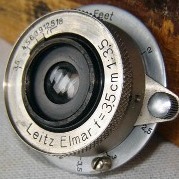Material used in vintage R lenses
-
Recently Browsing 0 members
- No registered users viewing this page.
-
Similar Content
-
- 68 replies
- 4,016 views
-
- 0 replies
- 254 views
-
- 22 replies
- 1,161 views
-
- 6 replies
- 646 views
-
- 6 replies
- 466 views
-


.thumb.jpg.a8c0eceb5c93f775e75e8b4465e4cf9c.jpg)

Recommended Posts
Join the conversation
You can post now and register later. If you have an account, sign in now to post with your account.
Note: Your post will require moderator approval before it will be visible.